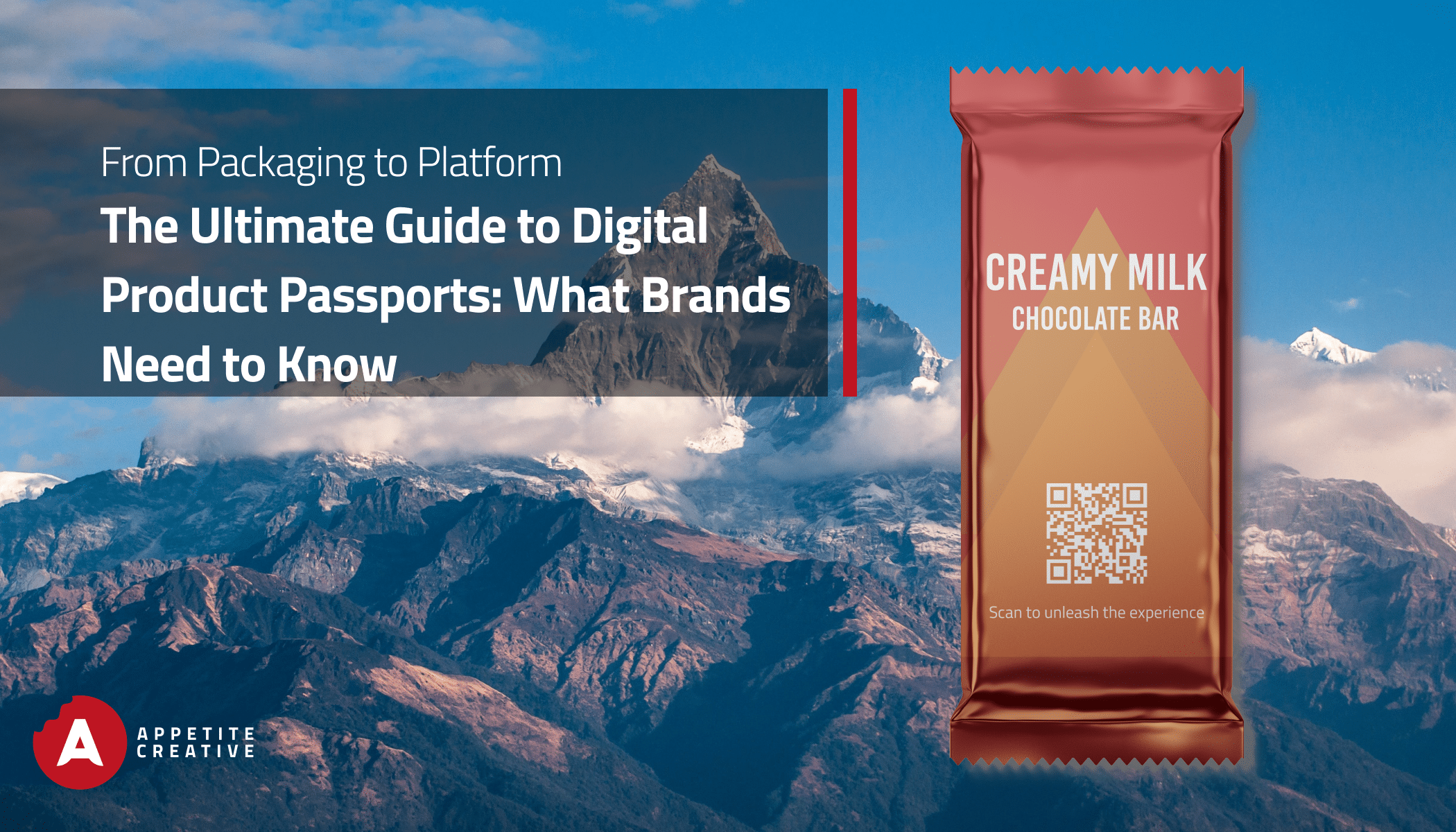
The Ultimate Guide to Digital Product Passports: What Brands Need to Know
As we approach 2027, the EU’s Ecodesign for Sustainable Products Regulation (ESPR) is poised to reshape how brands communicate product information and engage with customers. At the core of this transformation is the Digital Product Passport (DPP) – a game-changing tool for transparency, sustainability, and consumer interaction.
Here’s your comprehensive guide to navigating this shift and turning it into a marketing advantage.
What Are Digital Product Passports (DPPs)?
Under the ESPR, DPPs will soon be mandatory for most product categories (excluding food and pharmaceuticals). These digital passports act as unique IDs for products, detailing their environmental impact, origin, and lifecycle. Beyond compliance, they present an exciting opportunity to foster customer trust and build meaningful brand connections.
Key Stakeholders and Their Responsibilities
To ensure the successful implementation of DPPs, brands and stakeholders must understand their roles:
Manufacturers
- Create and maintain DPPs for their products.
- Ensure physical products are linked to their digital information.
- Regularly update DPPs to reflect changes throughout the product’s lifecycle.
Importers
- Verify DPP compliance for goods entering the EU market.
- Collect, validate, and maintain accurate product information.
Distributors
- Monitor the product’s journey across the supply chain.
- Ensure DPP information is accurate and accessible.
Unlocking Marketing Opportunities with DPPs
Beyond regulatory compliance, DPPs offer endless possibilities for brands to innovate and differentiate themselves:
1. Enhance the Customer Experience
- Use QR codes to deliver immersive storytelling.
- Develop gamified initiatives to engage users in sustainability efforts.
- Build trust through transparent insights into your product’s journey.
2. Leverage Data-Driven Insights
- Track real-time customer engagement with your products.
- Understand the lifecycle and user interactions to inform future innovations.
- Gather first-party data for targeted marketing efforts.
3. Strengthen Brand Differentiation
- Highlight your sustainability efforts.
- Offer interactive and personalized product experiences.
- Deepen customer loyalty through innovation and transparency.
A Step-By-Step Guide to DPP Implementation
- Assess Current Systems
Evaluate your current digital infrastructure to identify gaps and integration needs. Create a roadmap for data collection and management processes. - Choose the Right Technology
Adopt tools such as QR codes for easy customer access, alongside robust data management systems for seamless and secure information sharing. - Develop Engagement Strategies
Design digital experiences that captivate your audience, from interactive videos and gamified content to educational resources tied to your products. - Monitor and Optimize
Track engagement metrics and gather user feedback to improve DPP-related experiences over time, ensuring consistent value delivery.
Looking Ahead: The Future of Brand Engagement
The introduction of DPPs isn’t just a compliance requirement – it’s a revolution in how brands connect with their customers. Early adopters who see this as an opportunity to innovate will gain a competitive edge, showcasing their sustainability commitments and driving consumer loyalty.
Ready to get started?
At Appetite Creative, we specialize in transforming complex regulations into creative opportunities. From interactive connected packaging to innovative digital marketing strategies, we can help you lead the way.
Contact our team today to learn how we can make your Digital Product Passport strategy a customer-centric success.
